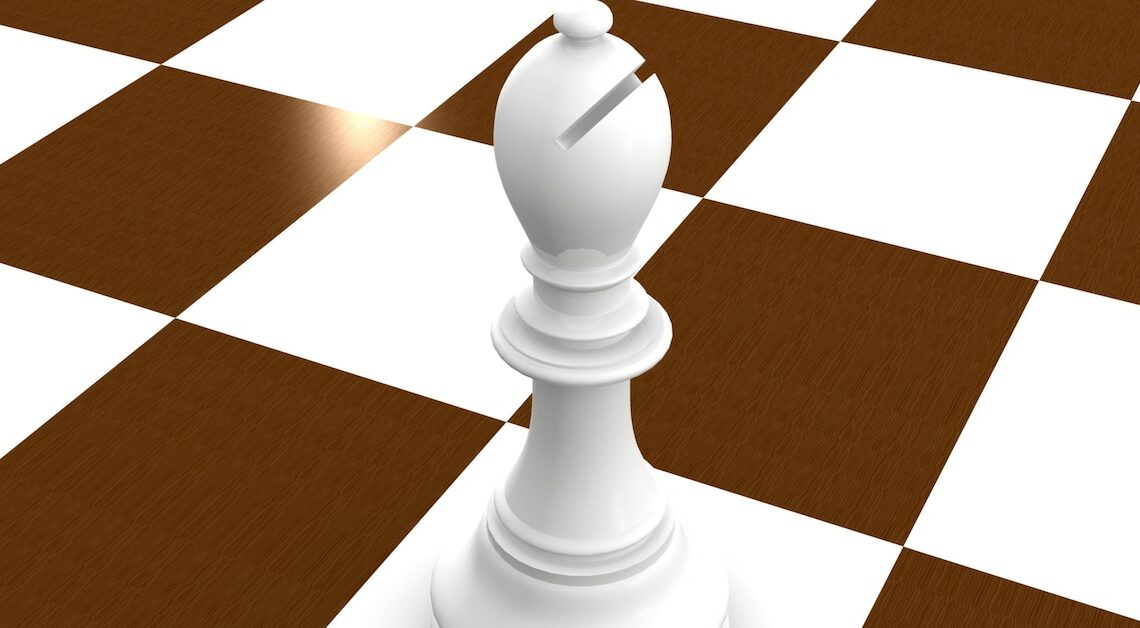
The bishop is a powerful piece on the chessboard. Learn how to master the bishop's position and moves to dominate your opponents in the game.
The basics of the bishop in chess
The bishop is an important piece in chess that can significantly influence the game thanks to its diagonal freedom of movement. Its positioning and possible uses are crucial for the outcome of the game.
- The bishop moves exclusively diagonally across the chessboard, giving it a unique range.
- Each player begins the game with two bishops, one on a white square and one on a black square, which determines their possible positions. One bishop is next to the queen and one bishop is next to the king.
- The strength of the bishop is particularly evident in open positions, where he can make full use of his freedom of movement.
- The positioning of the bishop should be chosen strategically in order to control important squares and put pressure on the opponent.
- The value of a bishop depends on the position, but a good rule of thumb is that a bishop is worth about three pawns. The knight is also worth three pawns in chess. However, professional chess players recommend keeping the bishop rather than a knight.
The development of the runner in the opening phase
Bishop development is a critical part of the chess opening. Effective placement can swing the game in the player's favor.
- Early development of the bishop makes it possible to gain control over the center and improve king security.
- The fianchetto is a popular opening strategy in which a bishop is positioned on the long diagonal.
- The harmony between the bishop and other pieces is crucial to create synergies on the board and break through the opponent's defense.
- It is important not to exchange bishops too early, as they can increase in value later in the game.
Use of the bishop in the middle game in chess
In the middlegame, the bishop can play to its strengths by actively participating in the attack or taking on important defensive tasks.
- The bishops can be powerful attacking weapons, especially when they are aligned with the opponent's king.
- In combination with rooks and queens, bishops can form dangerous attack patterns against the opponent.
- The defensive role of the bishop includes blocking opposing pieces and protecting one's own key pieces and positions.
- A well-placed bishop can limit the opponent's freedom of movement and force him to make disadvantageous moves.
